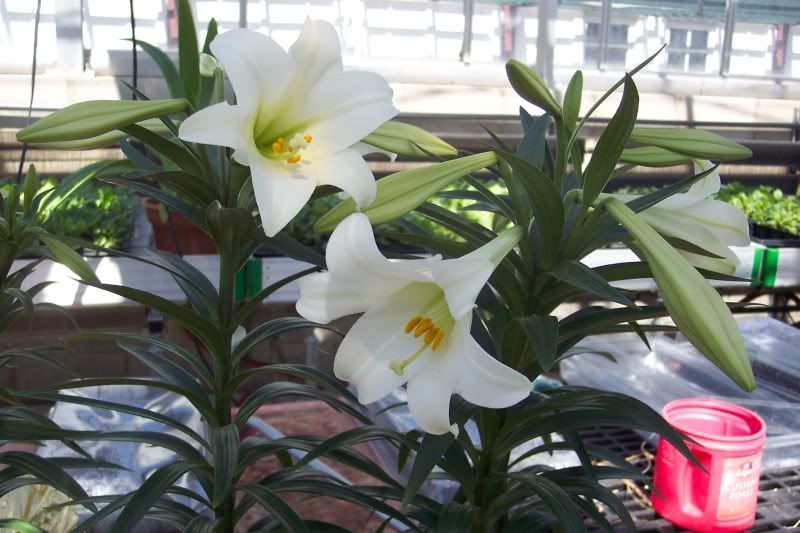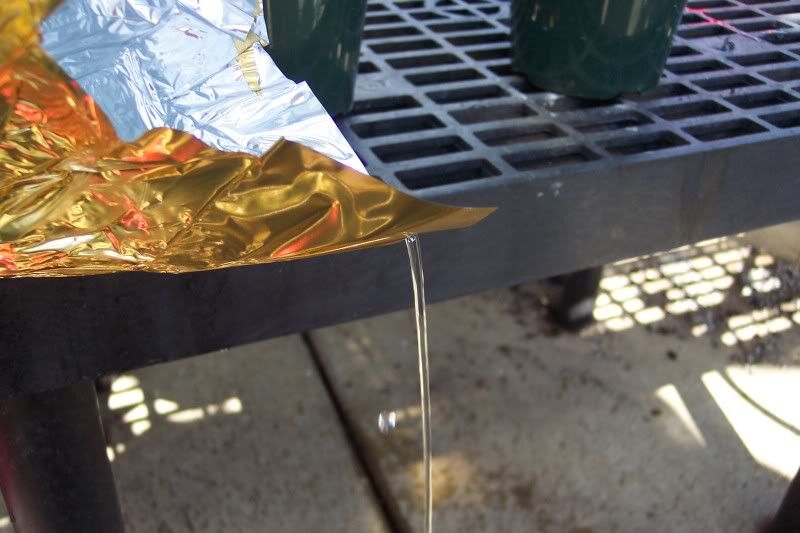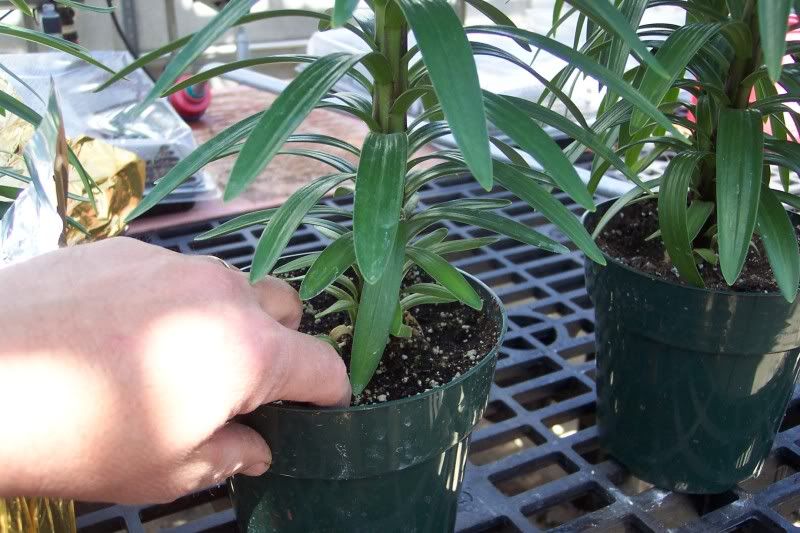Last week I received some replacement bees that I ordered back in January. I needed them for the hives that were lost earlier in the year.
You can purchase bees from various bee supply stores. They are not sold by the dozen or by the gross, instead you buy them by the pound, usually in 2 or 3 pound packages. I bought the 3 pound size (about 12,000 bees). It makes sense that the more individual bees you start out with, the quicker you can get your beehive up to optimum working strength for nectar collection and honey making.
The packaged bees are raised and then shipped from Florida. They make it to their new home in Michigan in less than a day by truck.
The shipping container is a wood frame box covered with window screening.
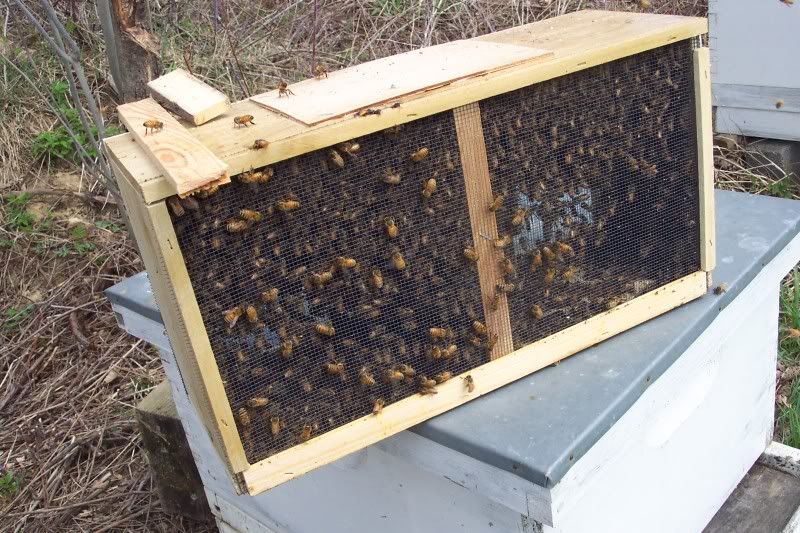
By prying open the top cover you can see that the container includes a can of sugar water for the bees to eat on their journey north.
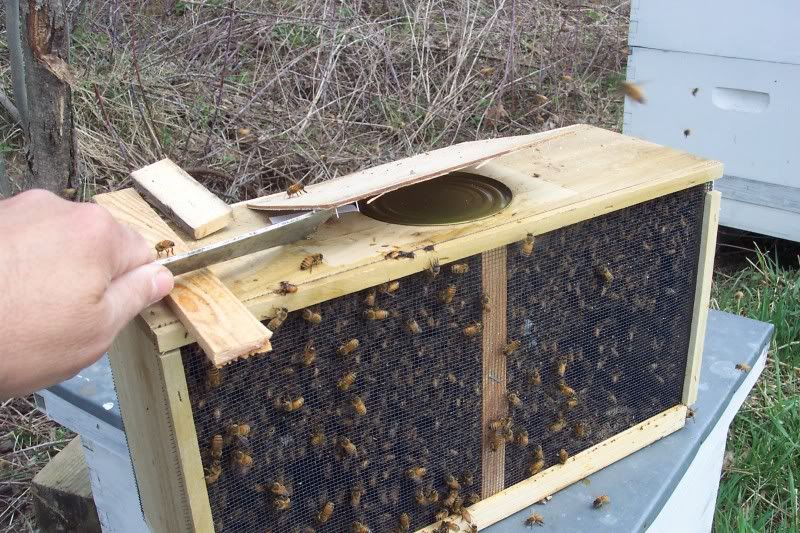
A small screened cage that houses the honey bee queen is suspended inside the bee package as well. Keeping the queen in her own protective cage keeps her safe during the journey.
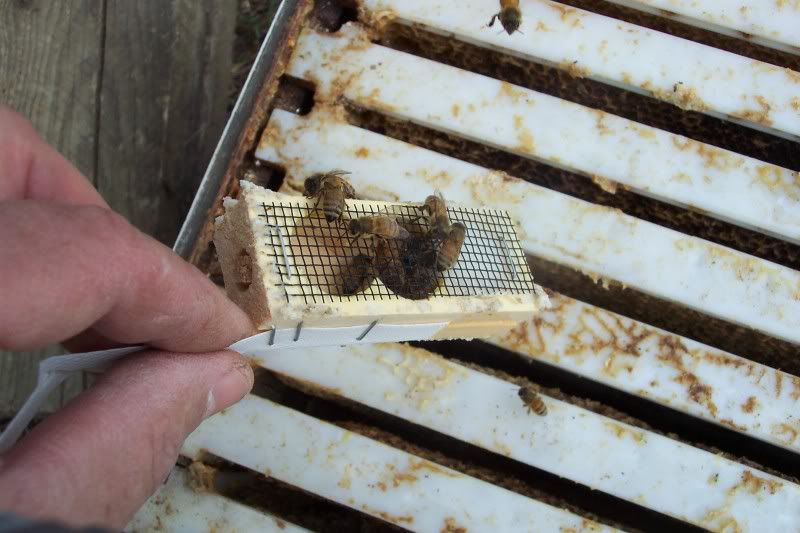
I had to take out the sugar water can so that the bees could be released through the opening.
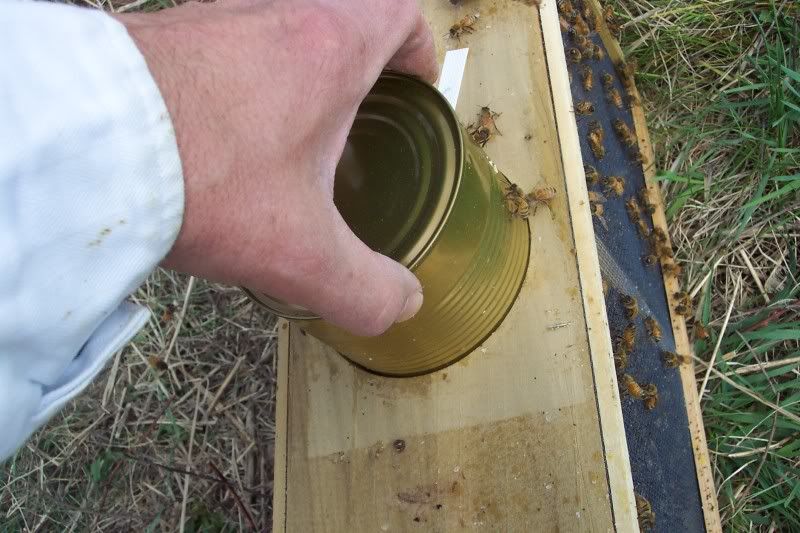
Then the queen cage was removed.

The queen cage was hung between a couple of hive frames. The frames are what holds the honey combs in place inside the hive.
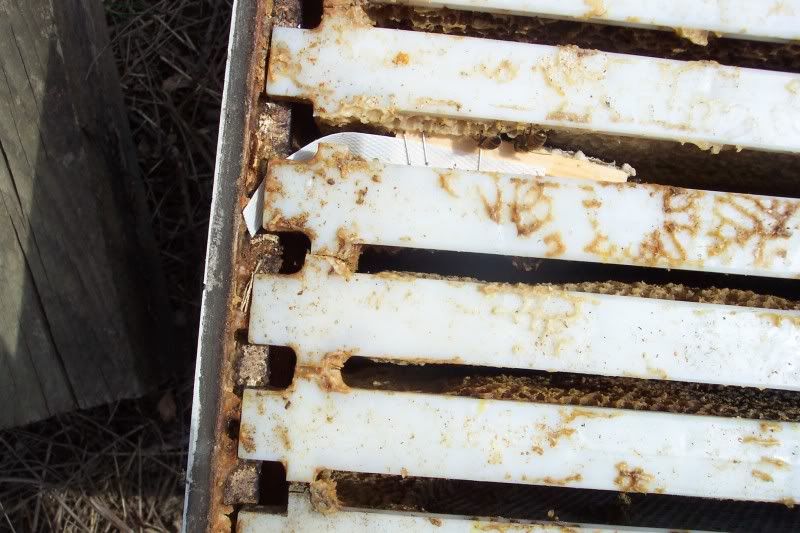
The fun part is when you shake the bees out of the container. I shook a few over the frames.

The rest were poured out near the front entrance of the hive. They started up into the hive right away. The queen bee gives off a special scent that lets all of her worker bees know where she is at all times.
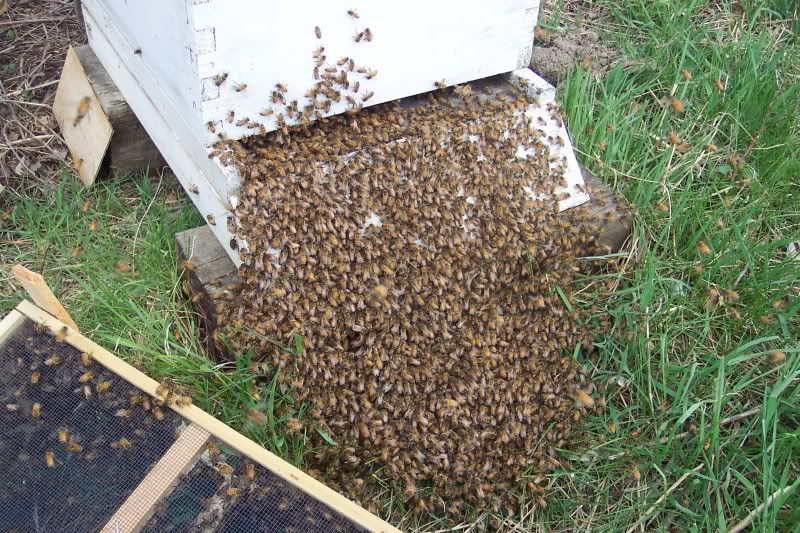
I added some sugar water in a plastic feeder and closed the whole thing up with an empty hive box.
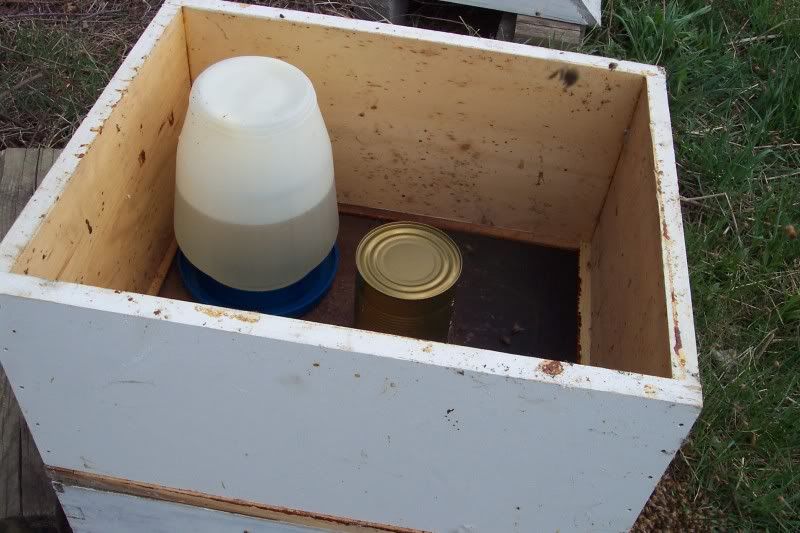
Tomorrow I’ll check the new hives to make sure the queens are still alive . If so, then I’ll be pretty sure that the new hives have gotten off to a good start.
Bob
